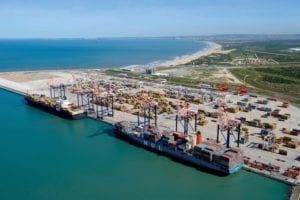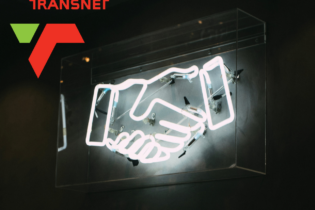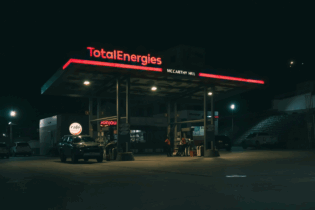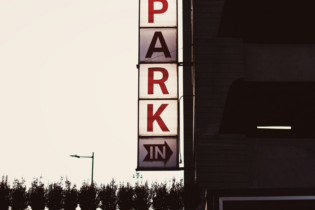Motorists are in for yet another petrol price hike as the department of minerals and energy is expected to announce another double-digit rise next week.
It’s the fifth increase this year, during which the price has already rocketed beyond a record R11 per litre. The latest increase is expected to be about 21c a litre. In January, petrol cost about R10.31 a litre. Motorists at the coast now pay R11.59 a litre for 95 octane and R11.56 for 93 octane. Director-general Nelisiwe Magubane said: “The department will issue a statement next week Wednesday.” Avhapfani Tshifularo, executive director of the SA Petroleum Industry Association, said the basic fuel price was calculated according to a formula that provided an accurate estimate of what it would cost to import pre-refined fuel. The price of crude oil, which is the major input cost, is calculated in US dollars. This means that the rand-dollar exchange and the international crude oil cost are the main factors determining local fuel prices. “Of these two factors, the price of crude oil has the largest impact on the cost of petrol at the pumps. The average Brent Crude oil price has been unnaturally high (above $120 – R935 – for March and April). “This is largely as a result of market reaction to the political unrest in Libya, Syria and the Middle East which are major oil producing regions,” explained Tshifularo, who predicted the usual collateral impact associated with a petrol hike, saying it would have an inflationary effect on other products. Adding insult to injury Economist Mike Schussler said that not only would this add insult to injury to household budgets, but it would be bad for the country’s economic performance as a whole. “Consider that consumer spending was up by 7.2 percent over the past year. Couple this with the fact that there was only a 2.4 percent growth in the manufacturing industry and that mining output is the lowest that it’s been in 51 years. “It’s clear that consumers have been driving the economy of late.” While the hike may prompt some to explore other means of everyday commuting, Cape Town economist Adenaan Hardien does not foresee a mass migration to public transport. “If we had a transport system on par with some European cities, then yes, but with the shortcomings in our current system, especially with safety and security concerns, people will rather keep their cars on the road and cut expenses elsewhere,” said Hardien, adding that he expected non-essential travel such as weekend excursions to decrease. Gary Ronald, AA public affairs manager, said recently that there was merit in re-examining the formula used to set the fuel price.Feeling the pinch
Fewer trips to the mall and beaches and even visiting her father in Fish Hoek less are a few ways in which Durbanville resident Frances Bailey manages to stay on the road despite escalating fuel hikes.
Another steep rise in the cost of petrol can soon be anticipated by drivers across the country. For 28-year-old Bailey, an officer manager at Sumango, an internet marketing company, the daily trip into the city centre has increased from R800 a month to fill up her tank to R1 000 or more. She spends up to two hours in traffic to travel from her Durbanville home to work and back each day, but despite the ever-increasing petrol price she will continue to commute by car. Bailey says she prefers the safety of her car to lift clubs or public transport. Tax to transport Where does the money go that consumers pay for petrol? 1 Basic fuel price (58.2 percent): The BFP compensates the producers and importers of fuel products. 2 Government taxes and levies (25.7 percent): The levy contributing most to this percentage is the fuel levy which represents a tax paid at the pump on fuel – predominantly processed fossil fuels such as petrol and diesel. Also included in this is the Road Accident Fund levy. The fund is a state insurer which provides insurance cover to all drivers of motor vehicles in SA in respect of liability incurred or damage caused as a result of a traffic collision. 3 Wholesale margin (4.4 percent): This is paid to oil companies to compensate them for their marketing activities. 4 Service differential (1.8 percent): This component covers oil company depot operating costs and road delivery expenses (from depot to customer). 5 Transport cost (2.2 percent): This component includes the primary cost of moving fuel from coastal port locations to inland distribution centres, by pipeline, rail or road. 6 Dealer margin (7.7 percent): This is the margin that service station owners are permitted to add to the petrol price. Source: IOL.co.za







